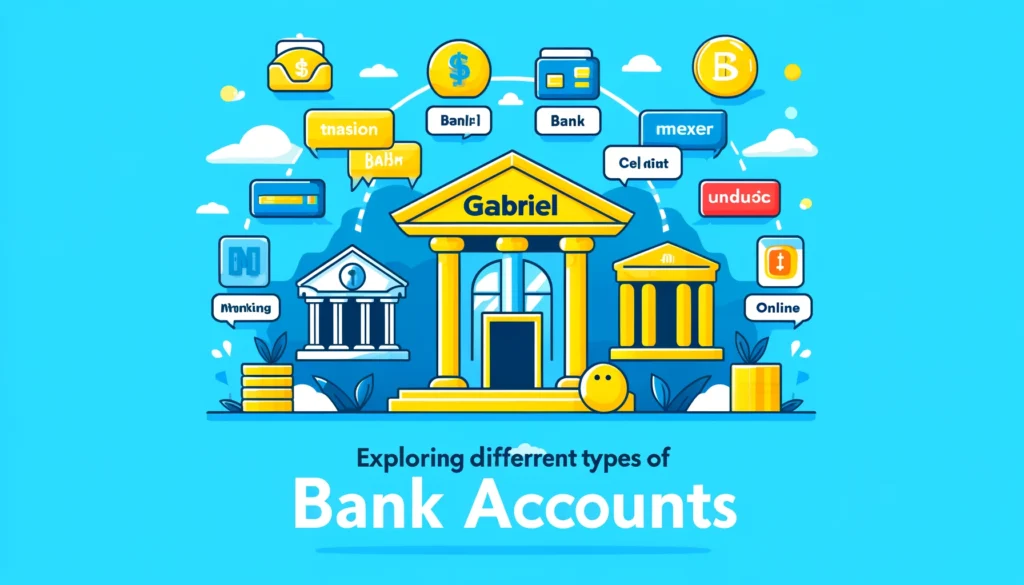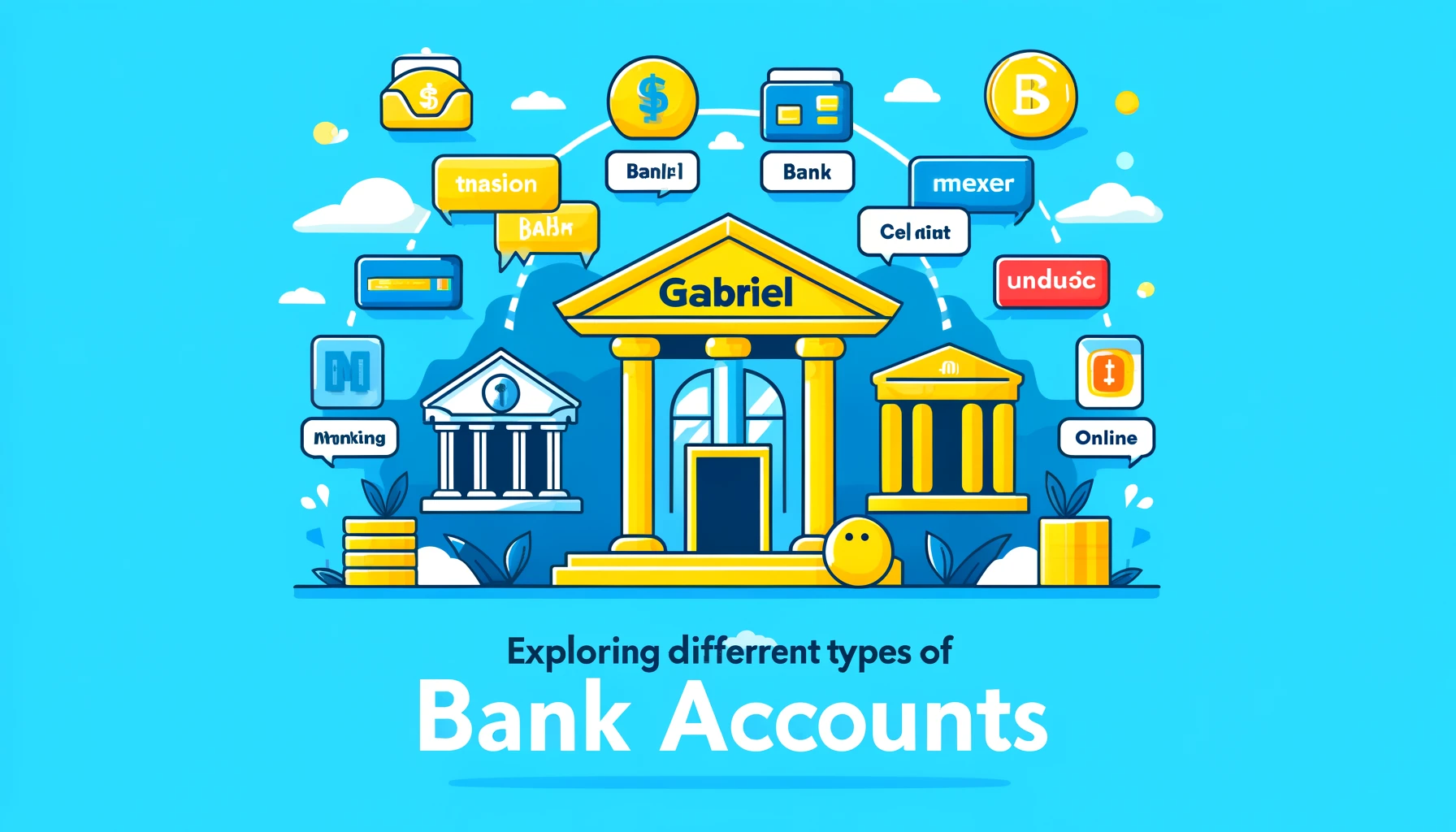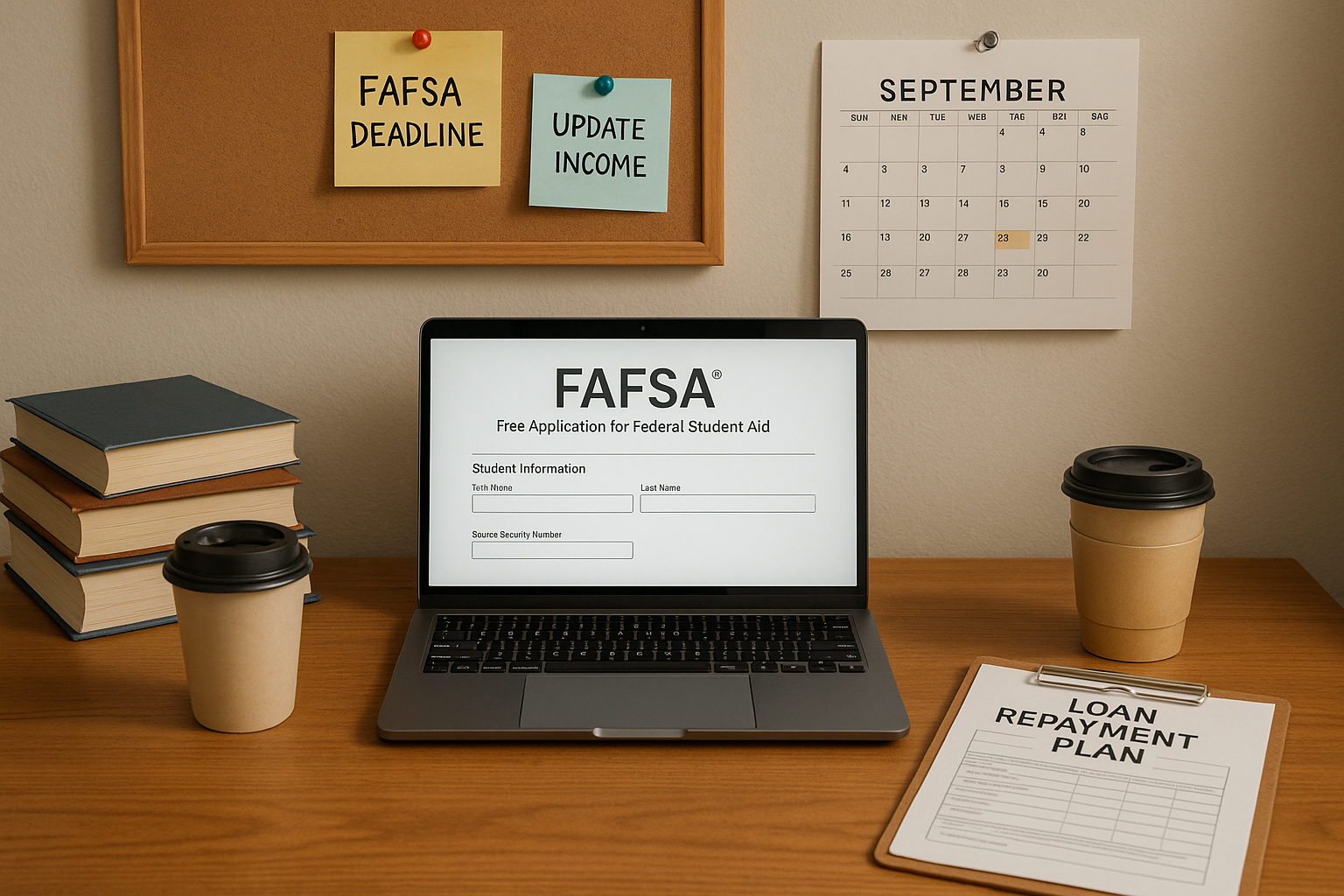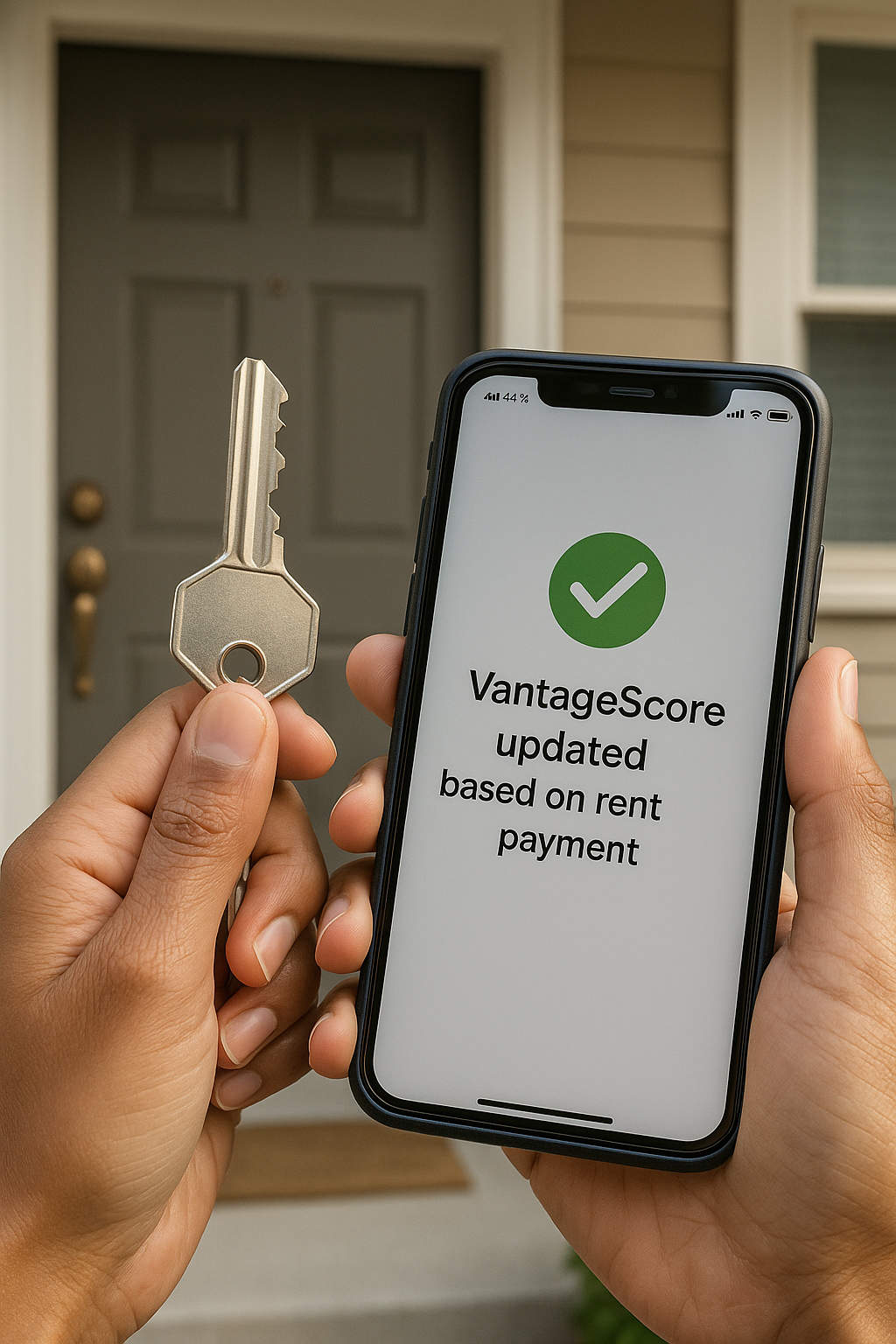
As young Latinos in the U.S., our financial journey is often complex. We need more than just a place to hold our money; we need a tool for stability and growth.
- Financial Education Gap: Studies show a persistent financial literacy disparity in the U.S., with the financial literacy rate for US Hispanics being 54%, significantly lower than the 69% for non-Hispanics (MoneyLion, 2024). This highlights how crucial it is to choose a bank that makes managing money simple and offers accessible resources.
- Avoiding High-Cost Traps: Our community is disproportionately affected by common bank fees. Hispanic adults are more likely than their White counterparts to have paid an overdraft fee (16% vs. 9% in 2024) (Federal Reserve, 2024). The average overdraft fee is around $27.08 (Bankrate, 2024), which can quickly eat into our budget. Choosing a bank with no or low fees protects the money we work so hard for.
- The Unbanked Challenge: While the overall unbanked rate in the U.S. is at a record low, it remains significantly higher for Hispanic households. In 2023, Hispanic households with income between $50,000 and $75,000 were 4.5% unbanked, compared to only 0.8% of White households in the same income bracket (FDIC, 2023). This shows that financial access is still a major hurdle for many in our gente. We need banks that are welcoming and have accessible requirements.
1. What Account Types Do You Need?
The first step is figuring out what your money needs to do for you. Banks offer different accounts for different purposes.
- Checking Accounts (For Daily Life): This is your hub for paying bills and daily spending. Look for a checking account with no monthly service fees and easy digital access.
- Tip for Us: Many of us rely on mobile features. Make sure the bank offers excellent mobile check deposit and easy transfers.
- Savings Accounts (For Emergencies and Goals): This is where you put the money you don’t need for daily spending. Its main job is to keep your money safe and earn interest.
- Tip for Us: A study showed fewer US Hispanics have an emergency fund (53%) than non-Hispanics (67%) (MoneyLion, 2024). This account is your foundation for stability. Look for a High-Yield Savings Account (HYSA), which offers much better interest rates than a typical bank savings account.
- Certificates of Deposit (CDs): A CD locks your money away for a specific period (e.g., 6 months, 1 year) in exchange for a higher, fixed interest rate. Great for a savings goal you won’t need until a specific date.
- Money Market Accounts (MMAs): These accounts offer competitive interest rates like a savings account but may include limited check-writing capabilities, giving you more flexibility.
2. Choosing Your Bank Model: Digital vs. Physical
The type of financial institution you choose impacts your fees, interest rates, and access. You have several choices:
| Bank Model | Description | Pros for Our Community | Cons for Our Community |
| Traditional Banks | Large, national banks with many physical branches and ATMs. | In-person service is great if you prefer face-to-face help or deal with cash often. | Higher fees and often lower interest rates on savings. Monthly service fees on checking are common. |
| Credit Unions | Non-profit, member-owned institutions that focus on their members. | Lower fees and often better interest rates on savings and loans. Crucially, they foster trust and personalized service to overcome community skepticism toward big banks. | Fewer branches and ATMs compared to national banks. Membership requirements can exist. |
| Online Banks | Banks that operate entirely online, with no physical branches. | Very low to no fees and highest interest rates on savings (HYSAs) due to low overhead. Excellent mobile tools, appealing to our community’s high digital usage (92%) (Brookings, 2023). | Can be difficult for depositing cash. You may miss in-person service for complex issues. |
Our Recommendation: We recommend focusing on Online Banks or Credit Unions. Your choice depends on your preference:
- Choose an Online Bank if you are tech-savvy and prioritize earning the highest interest and avoiding almost all fees.
- Choose a Credit Union if you value a personal relationship, trust, and culturally competent service more than the absolute highest interest rate.
3. Key Factors to Evaluate Every Bank
When comparing your options in the US market, these are the non-negotiables:
Protect Your Money from Fees
Fees are small cuts that hurt our financial progress. We need to be vigilant about them.
- Monthly Service Fees: Can this be waived? Often, a direct deposit or maintaining a minimum balance can waive a fee. Don’t pay for an account that’s just a basic service. The average monthly service fee on interest-bearing checking accounts is $15.45 (Bankrate, 2024), but many accounts offer a fee-free option.
- Overdraft/NSF Fees: These charges hit our community hard. An overdraft fee occurs when you spend more money than you have. The average fee is $27.08 (Bankrate, 2024). Find a bank with free overdraft protection transfers or no overdraft fees at all.
- ATM Fees: Withdrawing from an out-of-network ATM costs an average of $4.77 total (Bankrate, 2024). Look for banks that are part of a massive, fee-free ATM network or that reimburse third-party ATM fees.
Maximize Your Money’s Growth (Interest Rates)
We want our money to work for us, not just sit there.
- Competitive Rates: Compare the Annual Percentage Yield (APY) on savings accounts. Online banks and credit unions often offer significantly higher rates than traditional banks. This is passive income :free money just for saving!
Digital Tools & Access
We’re a tech-savvy generation. We need our bank to be in our pocket.
- Mobile Functionality: Can you deposit a check with your phone? Can you freeze your debit card instantly? 77% of consumers prefer to manage their bank accounts through a mobile app or computer (Bankrate, 2025). Look for an easy-to-use app for transfers, bill pay, and checking balances.
- Security: Ensure the bank uses robust security measures like multi-factor authentication and encryption to protect your data.
Trust and Protection (FDIC)
This is non-negotiable for anyone in the U.S.
- FDIC Insurance: Always confirm that the institution is insured by the Federal Deposit Insurance Corporation (FDIC) (for banks) or the National Credit Union Administration (NCUA) (for credit unions). This protects your money up to $250,000 per depositor, per ownership category, in case the institution fails. Your money is safe when it’s FDIC-insured.
Your Banking Checklist: Next Steps
Use these questions as you compare institutions to ensure you’re picking the best fit for your financial goals.
- What is the monthly service fee, and how can I get it waived? (e.g., minimum balance, direct deposit requirement).
- What is the Overdraft/NSF policy? Are there fees? If so, what is the amount, and how can I avoid them?
- What is the current APY for your High-Yield Savings Account?
- How extensive is the fee-free ATM network? Will you reimburse me for non-network ATM fees?
- Is the institution FDIC or NCUA insured? (Always check for the protection you need).
- What are your international wire/transfer fees? (Important if we send money to family abroad, as 17% of Hispanic millennials provide financial support to family abroad, which is four times more than non-Hispanic millennials) (Bank of America, 2021).
By choosing a bank that aligns with your financial needs, prioritizing low fees, strong digital tools, and excellent savings rates, we can overcome the common financial hurdles and continue building a stronger financial foundation for ourselves and our families in the U.S.
👉 Ask Gabi, the “judgment free zone” for all of your financial questions!
Stay tuned! We got you!







